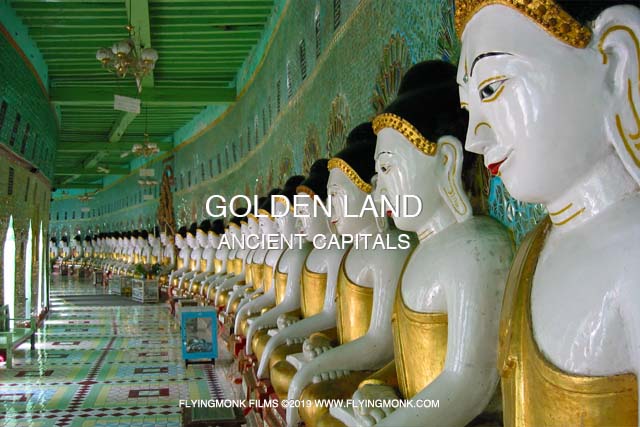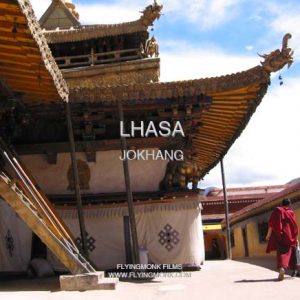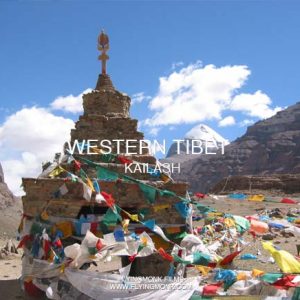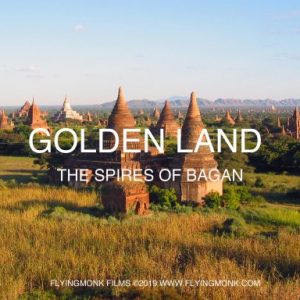Description
Golden Land-Ancient Capitals; 25 minutes; © 2019 Mandalay… Somehow I dreamt one day to go to Mandalay, wherever that would be. Maybe it was like the Shangri-La, an aspiration never to be reached. The name ‘Mandalay’, mentioned in the famous poem of Rudyard Kipling, is perhaps the most evocative of any destination in Myanmar. However, Kipling never stepped into the city.
With an entire collection of Buddhist monasteries, Sagaing is an important religious pilgrimage center of Myanmar. Located 20 km southwest of Mandalay, Sagaing is placed on the western bank of the Irrawaddy River. It became royal capital in 1315 but at the time it was also the capital of the Sagaing Kingdom in the middle of the 14th century, a small kingdom that followed the demise of Bagan.
Burma’s capital was moved later to Ava but returned to Sagaing for a short while in the middle of the 18th century under the reign of King Naung-daw-gyi. Later it lost its political role but remained till today one of the most important religious places of the country with an impressive collection of stupas and monasteries. Sagaing Hill confers great views over Irrawaddy River, the blood vein of Myanmar.
The largest pagoda on the hill is Umin Thonse, called the Thirty Caves Pagoda because you can enter it by thirty separate entrances. The temple is famous for the forty-five Buddha images that sit in a crescent-shaped colonnade within the pagoda, each statue slightly unique in size and facial expression.
Inwa was the capital of successive Burmese kingdoms for nearly 360 years between 1365 and 1842, on five separate periods. It became the capital of the Ava Kingdom, the main province of Upper Burma from the 14th to 16th centuries. In spite of the continuous attacks and its fall at the end of the Ava Dynasty, Inwa was still chosen royal capital under the next two dynasties. In 1839 Inwa was destroyed by an earthquake forcing the government to briefly move the capital back to Sagaing.
Amarapura, the third capital of Burma, was founded by King Bodaw-paya in 1783 as a center of Buddhist learning. It was the capital of Myanmar for about 50 years towards the end of the 18th century and later till 1859 when the capital was moved to Mandalay. Following the earthquake that destroyed Inwa, King Tharrawaddy built a palace in Amarapura in 1842 and moved the capital there. But the Anglo-Burmese Wars depleted the royal treasure so King Mindon decided to reuse the materials from the Amarapura palace. The king ordered the palace buildings to be disassembled and moved by elephants to the new location in Mandalay. Even the city walls were pulled down for use as building materials for the roads.
When the capital was moved to Mandalay, the residents of Amarapura took some of the teak wood from the imperial palace and erected U Bein Bridge.
The bridge spans Taung-tha-man and is 1.2km long made out of 1086 pillars and thousands of boards. It was built curved in the middle to resist the gusts of wind.
It is the world’s oldest and longest teakwood bridge. At one end of the bridge is Mahā-gandhāyon Monastery, Myanmar’s most prominent monastic college housing more than two thousand monks.
Mingun Paya should have been the world’s biggest stupa, but the construction stopped at the death of the king in 1819 and the pagoda was never finished. What we can see standing even from far away when we come on the river is only the bottom of the stupa. The stupa, named Mantala-gyi, has a height of 50 meters, only one-third of its intended height.
Follow us on Instagram





